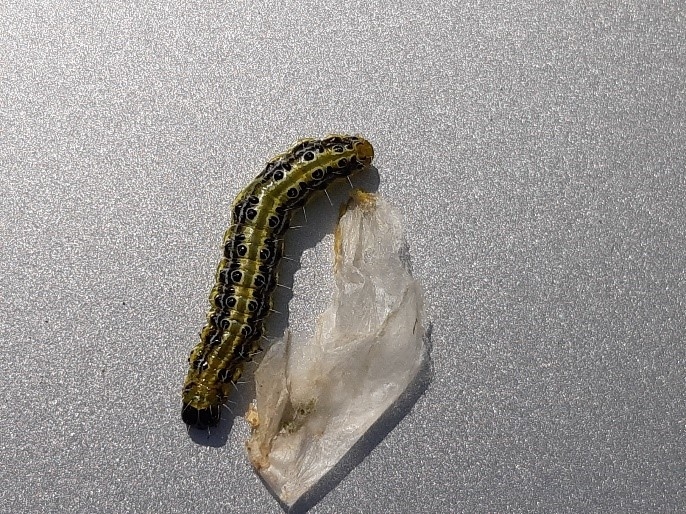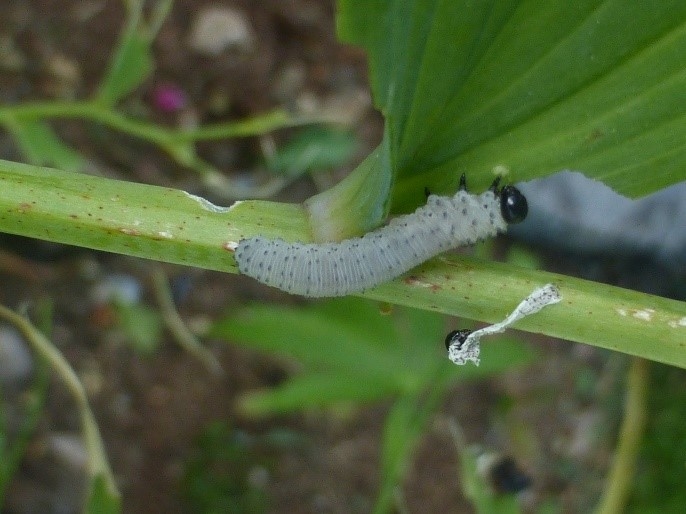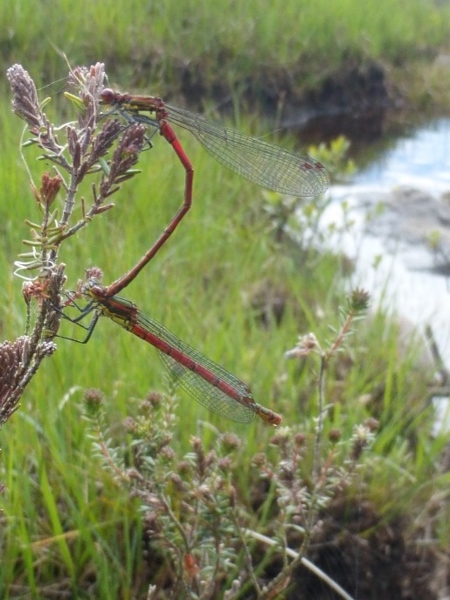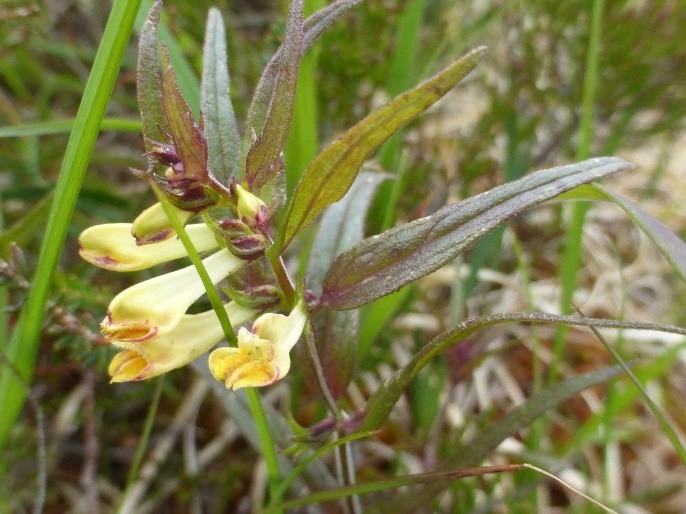I’m writing this in the living room of our accommodation on Orkney mainland. It’s the first of July, the day began with a good drizzle before developing into “double drops”. The 18mph hour wind turned 45 degrees to the North and increased to 20-odd mph, but it blew the rain away. There have been brief spells of sunshine and that helped to lift the temperatures to 12C. Our landlady told us that the weather has been the same throughout the whole of June. “There have been no bees or butterflies since the warm spell in May”, she said. More of that next month. For now, in an effort to avoid these newsletters becoming “What we did on our holidays”, let’s look back - at caterpillars.

I spotted these in a hedgerow (in May, but there seemed too much other stuff to write about). I haven’t had time to check the ID of the moth concerned, but there were stretches of hedgerow perhaps 4-5yds long that were simply covered from ground to top. I have seen something like it before, and the caterpillar concerned was poisonous to touch, but I can’t remember what they were either. It was fascinating to see how many individuals there were, and amazing to see the severity of the damage being inflicted to the vegetation.

So, I have two more examples of similar explosions of damaging caterpillars. I took this one from an infestation of a box bush. All the box in this garden were infected, the outer leaves were brown and dying, the whole bush was affected. Shaking the branches caused the caterpillar poo to come sprinkling down to the ground, which was covered to a depth of about half an inch. Apparently, this is a relatively new species to the UK, and is moving North after first being identified. It prompted me to check our own bushes which were showing signs of browning. They have now been removed. The interesting (to me) aspect of these events was that whilst I stood discussing the problem with the owner, a great tit was popping in and out of the bush. It was clear that the bird had discovered this rich source of food and was removing them one at a time. I wondered if it was feeding its chicks, and that if so, they must be close to fledging, because at about an inch long they are quite a mouthful. The owner was deploying pheromone traps for the adult moths, and spraying nematode mixes to control the caterpillars, when all along, nature had developed its own measures. I pondered on these vents, and thought about them again after watching the “Wilding” documentary film. From a nature point of view there was lots to think about during and after watching. If it’s on near you, I can definitely recommend your attendance. It left me thinking about the anger and dismay expressed in the poetry of John Clare as he watches the destruction of the rich natural habitats that surround him while the process of enclosure develops. Then I think of the changes in my own life time to the rural landscape of my childhood.

Then, there’s this little nuisance. Some of you may recognise this one. Every year this one appears in our garden and strips the green off the Solomon’s Seal. It’s no problem to us, since it doesn’t seem to eat anything else and it waits until the flowers are finished. We could cut the plants down, if we remember, and they will still come again next year. But why bother, we get along. However, look closely at the picture and you will notice that something else is going on. There is a caterpillar skin, that has no filling. I guess it probably did have a filling, and conclude that something else is benefiting from the appearance of the nuisance. I don’t know what, but it is welcome.

Last time, I promised more from the North. In early June I made my annual pilgrimage to the Northwest of Scotland for a weeks fishing. It was cold. Things had been given a great start in March and April with higher than usual temperatures followed by lots of rain, but the temperatures had dropped considerably since then. However, the usual wildflowers were out on show. The insects too. Here, a pair of red damsels are enjoying each other’s company in the little bit of sunshine that came our way. June is the month for spotting damsels. Their whispy form flits between the bankside vegetation, usually in sunshine, and often only catching the eye because of their colour. Azure blue, and up north, this ruby red. Lastly, the array of flowers contained all the usual suspects to be found on acid grassland or peat bog. We were in a slightly different area to our usual June haunts, and the differences in geology, topography and flora made for some different wildlife encounters. More breeding waders – snipe in particular.

Whilst tramping the moor between fishing spots, I came across a dense patch of these flowers. This is not something that I encounter in my usual trip, but I must have come across them somewhere before, because I instantly recognised them as Cow Wheat. And they really are quite striking. Subtle, creamy yellow, trumpet shaped flowers, all resting to one side of the stem, opposite to the rich long pointed leaves. I love it when you come across something that you don’t see every day, but that you have enough familiarity with that you know exactly what you are looking at. It’s another little piece of the jigsaw that you are immersed in, another little connection that re-enforces your position in it all. It will not surprise you that there will be more pieces of the northern jigsaw next time too.


